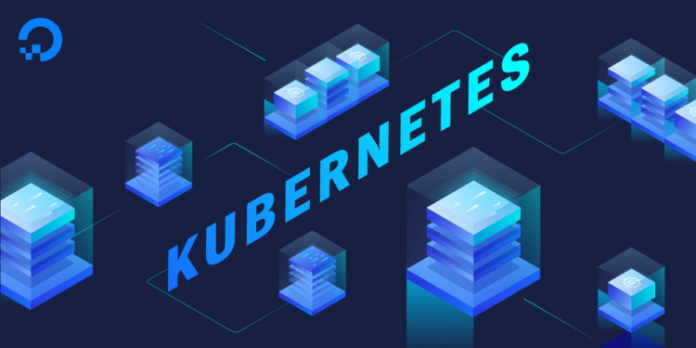There are plenty of great software solutions, tools, and applications for managing Kubernetes applications. Industries across the globe are adopting Kubernetes to develop comprehensive apps and build secure ecosystems. Using a microservice-based, container driven process, these resources optimize software delivery, advance privacy, and enhance development procedures. As a developer, you should manage Kubernetes application platforms to streamline various phases of your custom software engineering lifecycle. Read on to learn about the best software for managing Kubernetes applications.
Resource Dashboard Software
First, resource dashboard software can assist you in managing your Kubernetes application. This terminal-based dashboard includes a command-line interface. Here, you can effectively track Kubernetes clusters in real-time. In fact, you are provided with instructions to collaborate and build applications with cluster defined resources. Additionally, you can access Kubernetes resources drill down development solutions and extended programming plugins. As a result, you can check on cluster resource complications and create your own commands. More so, you can customize your dashboard to assure organization and streamline task management. Of course, integrate a resource dashboard software to track all Kubernetes clusters and resources in on location.
Secure Helm Repository Software
In addition, consider the key operational advantages of using secure Helm repository software to manage your Kubernetes applications. Advanced solutions by JFrog provide all the functionalities and capabilities needed to manage your Helm charts and repositories. Leveraging these tools, you can enable privacy, streamline access control, and take advantage of massively scalable storage. Naturally, this empowers secure, enterprise-ready repostirory management for all of your Helm chart assets. With this invaluable functionality, teams can streamling application testing, standardize configuration templates, and accelerate programming speed. Certainly, use secure Helm repository software to manage your advanced Kubernetes applications.
Kubernetes Distribution Software
Of course, you can manage your application through Kubernetes distribution software. This “fast-path” tool helps bootstrap the best Kubernetes cluster practices for existing infrastructures. It provides the necessary processes to prepare a minimum viable, secured cluster and run it in a way that’s user-friendly. More so, this software offers a scope that is limited to Kubernetes API and local node filesystems. You can additionally access add-ons and network set up options through the software’s scope. As a result, this software is meant to be used as the foundational building block for more advanced tools. Indeed, consider Kubernetes distribution software to properly maintain your custom software applications.
Container Analysis Software
Of course, you can manage your Kubernetes program with a container analysis software. These resources analyze software container use and gather performance results. All analysis is handled through a machine that auto-discovers each container. This machine collects data about network usage, filesystem, memory, and CPU. More so, it is a native support for Docker containers and operates on each node. This software is great for development teams working on new applications. In fact, it is easy to use, can support simplistic monitoring actions and stores metrics for a short period. Of course, container analysis software can help you manage your Kubernetes application.
Local Management Software
Finally, you can control your Kubernetes app through a local management software. This tool allows you to install and test Kubernetes locally. Of course, it’s a reliable resource if you are just starting out with Kubernetes development. Start by going on your desktop or laptop. You can access this software on all Windows, Linux and OSX solutions. Then, introduce a single-node Kubernetes cluster within a virtual machine (VM). As a result, in a matter of minutes, you can explore your Kubernetes main features and characteristics. In fact, you can view these features through a dashboard with just a few clicks. Certainly, use a local management software to maintain and control your Kubernetes application.
Application and system managers are an in-demand career opportunity for many developers. As a result you should know the top software to maintain your Kubernetes application. First, implement a resource dashboard to track Kubernetes clusters, issues, and plugins in real-time. Secondly, consider using Helm repository software to effectively manage Helm charts. With these tools, it is easy to maximize productivity, take advantage of high storage, and accelerate access control efforts. Additionally, you can integrate Kubernetes distribution software as the building block for more advanced tools to prepare and run a cluster. Next, consider a container analysis software to analyze container resource usage, performance, and data. Finally, access local management software to install and try you Kubernetes locally through your laptop or desktop solutions. These are the best software to manage Kubernetes applications.

